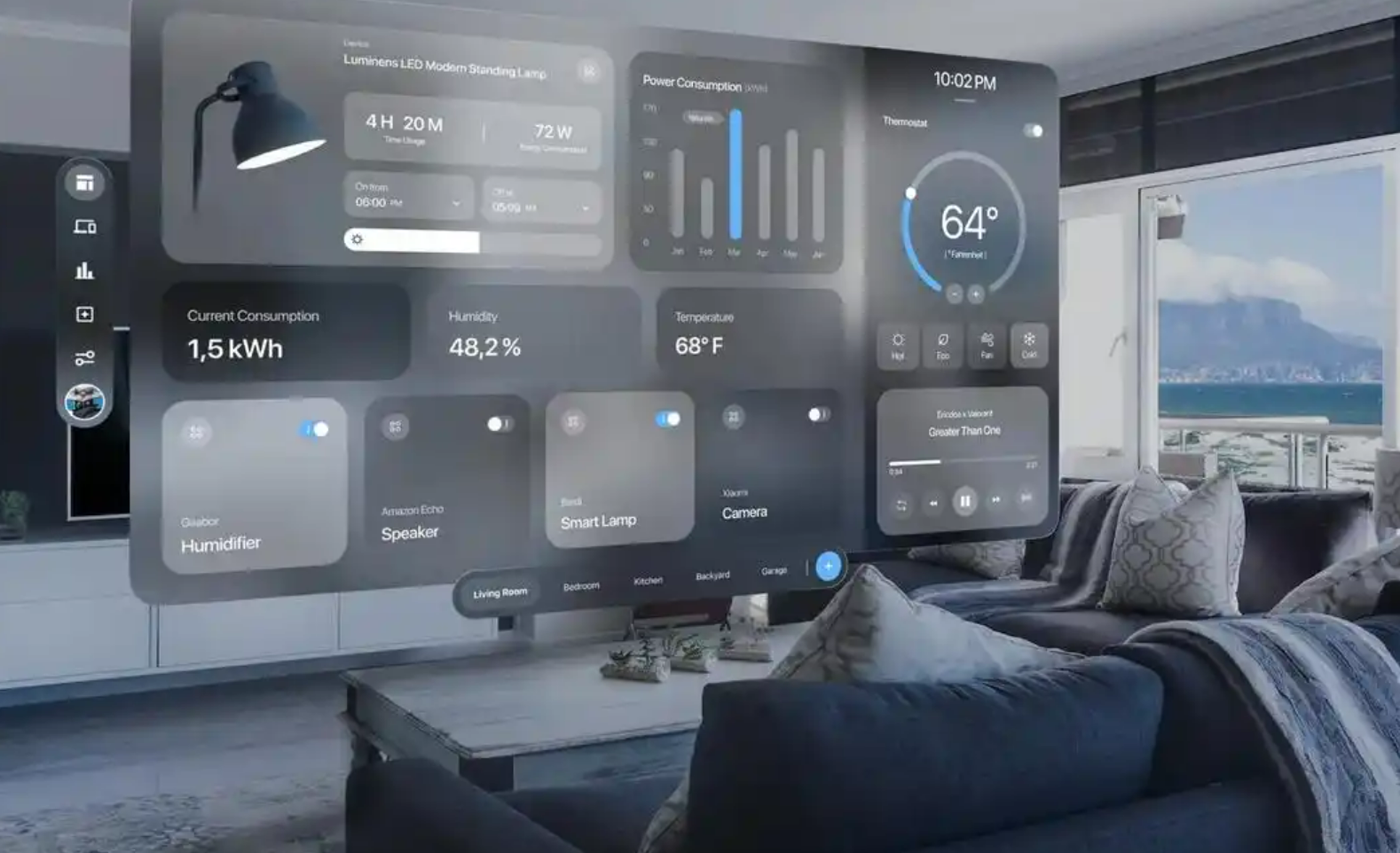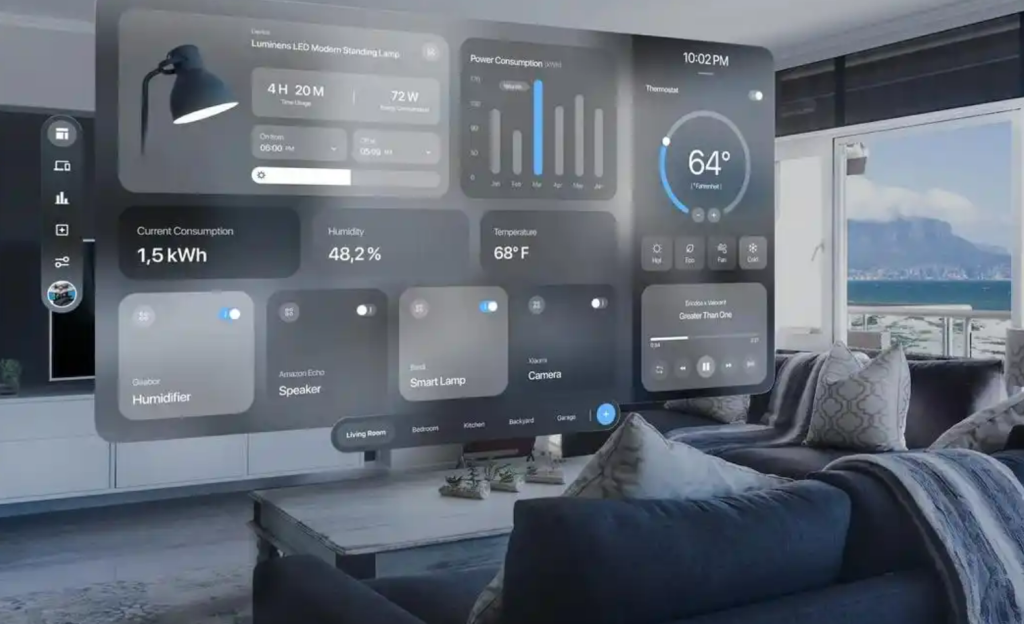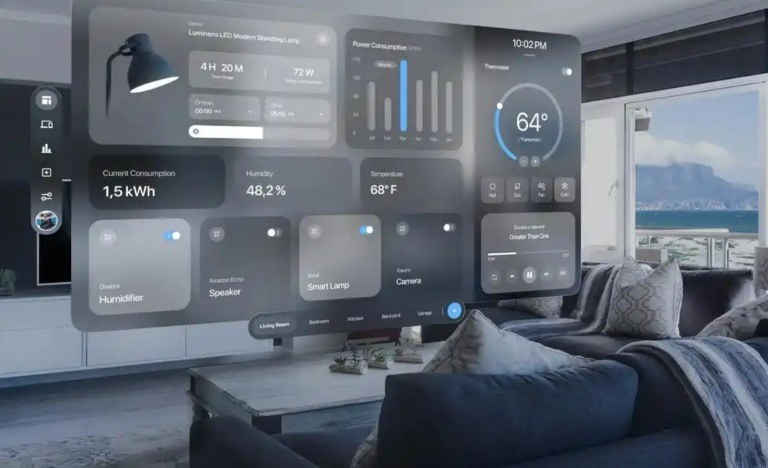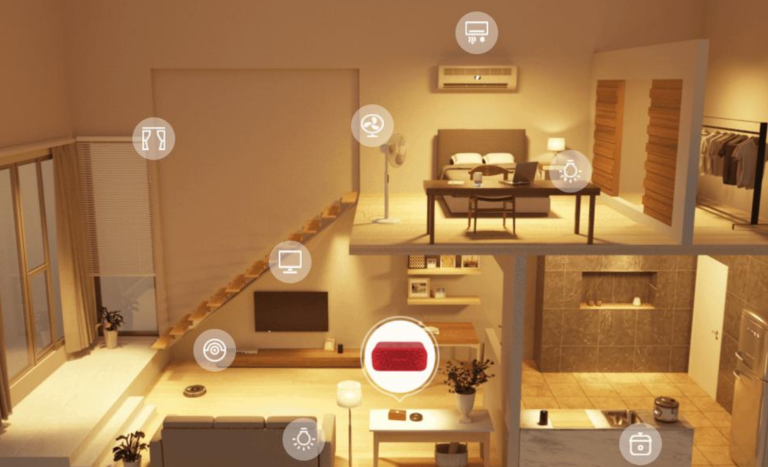

Smart Thermostat Systems: Creating a Comfortable Indoor Environment
Introduction: The Evolution of Home Climate Control
Remember the days of manually adjusting your thermostat every time you felt too hot or too cold? Those days are long gone, thanks to smart thermostat systems. These intelligent devices don’t just react to temperature changes—they predict them, learn your habits, and optimize your home’s climate for comfort and efficiency. Whether you’re at work, on vacation, or curled up on the couch, a smart thermostat ensures your home is always at the perfect temperature. But how do they work, and are they worth the investment? Let’s dive in.
1. What Are Smart Thermostat Systems?
Beyond Traditional Thermostats: The Power of AI and Connectivity
Smart thermostats are Wi-Fi-enabled devices that go beyond simple temperature adjustments. They use AI, sensors, and connectivity to create a seamless, automated climate control system. Unlike traditional thermostats, which require manual input, smart thermostats learn your routines and adjust settings accordingly—saving energy and enhancing comfort.
Key Components of a Smart Thermostat
- Sensors: Track temperature, humidity, and occupancy.
- Connectivity: Wi-Fi or Bluetooth for remote control.
- Learning Algorithms: Adapt to your schedule and preferences.
- User Interface: Touchscreen or app-based controls.
2. How Smart Thermostats Work
Sensors and Data Collection: The Brain Behind Comfort
Smart thermostats rely on temperature, humidity, and occupancy sensors to gather real-time data about your home’s environment. For example, if no one is home, the thermostat might switch to energy-saving mode to reduce unnecessary heating or cooling.
Learning Algorithms: Adapting to Your Lifestyle
Devices like the Nest Learning Thermostat analyze your behavior over time. If you lower the temperature every night at 10 PM, it will automatically start doing this for you. Some models even factor in weather forecasts to optimize settings further.
3. Benefits of Smart Thermostat Systems
Energy Efficiency: Saving Money and the Planet
Smart thermostats can reduce energy bills by 10–23% by avoiding wasteful heating or cooling. For example, Eco Mode adjusts temperatures when you’re away, while geofencing ensures your home is comfortable just before you arrive.
Remote Control: Adjust Your Home’s Climate from Anywhere
Forgot to turn off the AC before leaving for vacation? No problem—just open the app on your phone. Most smart thermostats offer remote access, so you’re always in control.
Personalized Comfort: Tailored to Your Preferences
Whether you prefer a cool 68°F at night or a toasty 72°F in the morning, smart thermostats remember your preferences and adjust automatically. Some even use room sensors to balance temperatures across multiple zones.
4. Top Features to Look for in a Smart Thermostat
Geofencing: Smart Adjustments Based on Your Location
Using your phone’s GPS, geofencing triggers your thermostat to switch to “Away” mode when you leave and resume comfort settings as you return.
Voice Control: Hands-Free Convenience
“Alexa, set the temperature to 70 degrees.” With voice assistant integration, adjusting your thermostat is as easy as speaking.
Multi-Zone Support: Perfect Temperature in Every Room
Advanced models like the Ecobee SmartThermostat use remote sensors to monitor different rooms, ensuring even heating and cooling throughout your home.
5. Popular Smart Thermostat Brands in 2025
Nest Learning Thermostat: The Pioneer of AI Climate Control
- Self-learning: Adapts to your schedule.
- Sleek design: Fits any modern home.
- Energy reports: Tracks savings over time.
Ecobee SmartThermostat: Built-In Voice Assistant
- Alexa integration: Use it as a smart speaker.
- Room sensors: Balance temperatures in large homes.
Honeywell Home T9: Precision with Room Sensors
- Geofencing: Automates based on location.
- Affordable: Great value for smart features.
6. Installation and Compatibility
DIY vs. Professional Installation
Some thermostats, like the Emerson Sensi Touch, are DIY-friendly, while others (e.g., high-voltage systems) may require a professional.
HVAC Compatibility: What You Need to Know
Check if your system is 24V, heat pump, or line-voltage compatible. Most smart thermostats work with standard HVAC systems, but older homes may need adapters.
7. Smart Thermostats and Energy Savings
How Much Can You Save?
Studies show 8–23% savings on heating/cooling costs, with payback in 1–2 years.
Eco Mode and Sustainability Features
Eco+ (Ecobee) and Energy Star-certified models optimize settings for peak energy efficiency, reducing your carbon footprint.
8. Integration with Smart Home Ecosystems
Works with Alexa, Google Assistant, and Apple HomeKit
Sync your thermostat with lights, blinds, and security systems for a fully automated home.
Automation and Routines: The Future of Smart Homes
Create routines like “Good Morning” (raise temp, open blinds) or “Movie Night” (dim lights, set cozy temps).
9. Privacy and Security Considerations
Data Collection: What You Should Know
Some thermostats collect usage data for optimization. Check privacy policies and opt for local data storage (e.g., Apple HomeKit).
Protecting Your Smart Thermostat from Hackers
Enable two-factor authentication and regular firmware updates to prevent breaches.
10. The Future of Smart Thermostats
AI and Predictive Climate Control
Soon, thermostats will anticipate your needs—like pre-cooling your home before a heatwave.
Integration with Renewable Energy
Solar-powered smart thermostats will sync with home solar panels, maximizing green energy use.
Conclusion: Is a Smart Thermostat Right for You?
If you value comfort, convenience, and energy savings, a smart thermostat is a no-brainer. Start with an affordable model like the Wyze Thermostat, then scale up as you explore automation. Your future self—and your wallet—will thank you.
FAQs About Smart Thermostat Systems
1. Do smart thermostats work without Wi-Fi?
Yes, but remote features require Wi-Fi. Basic functions remain.
2. Can renters install smart thermostats?
Yes! Opt for portable, non-wired models like the Amazon Smart Thermostat.
3. How long do smart thermostats last?
Typically 10+ years with proper maintenance.
4. Do they work with radiant floor heating?
Some do (e.g., Sinope TH1123WF), but check compatibility first.
5. What’s the easiest smart thermostat for beginners?
Nest Thermostat (3rd Gen)—simple setup and intuitive app.






